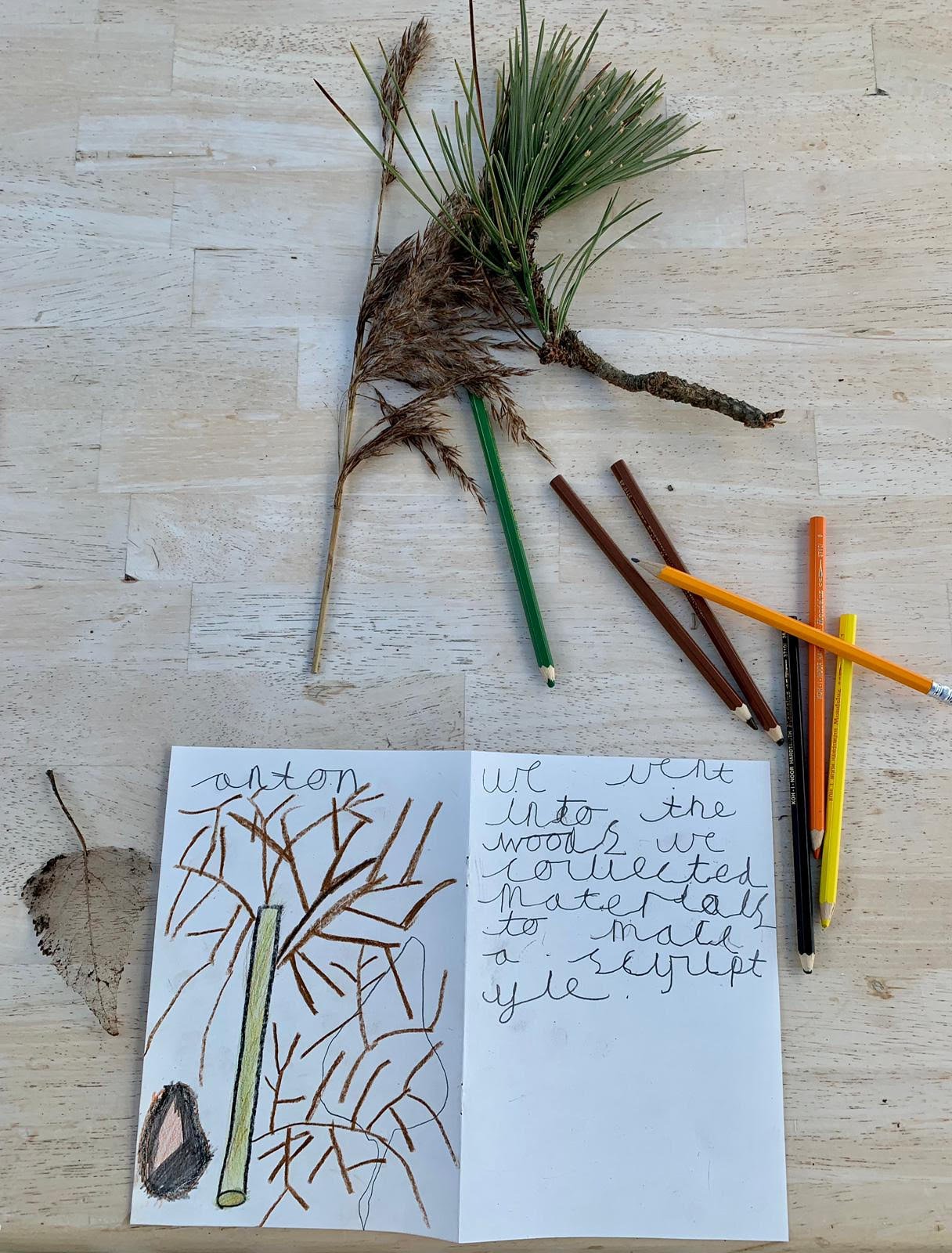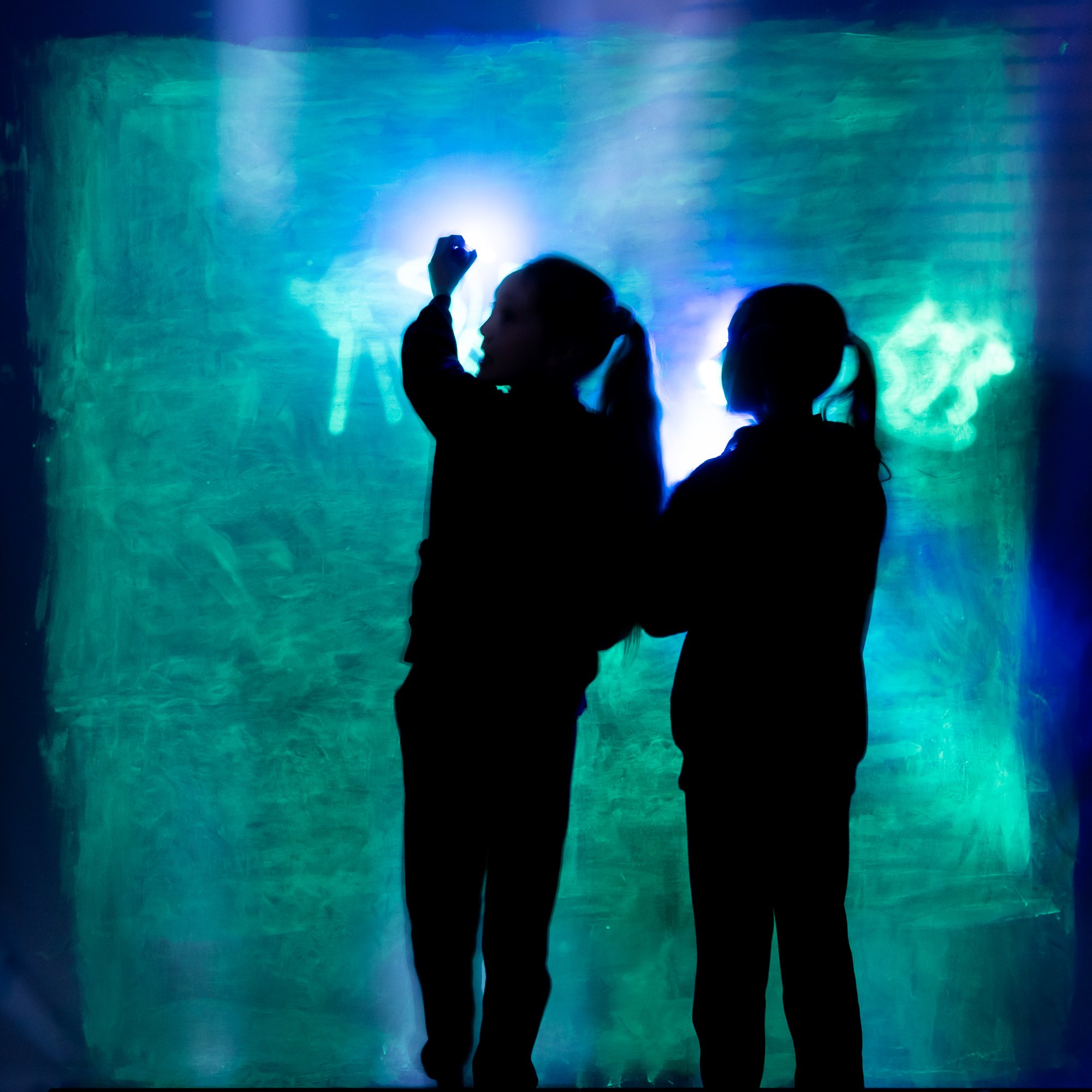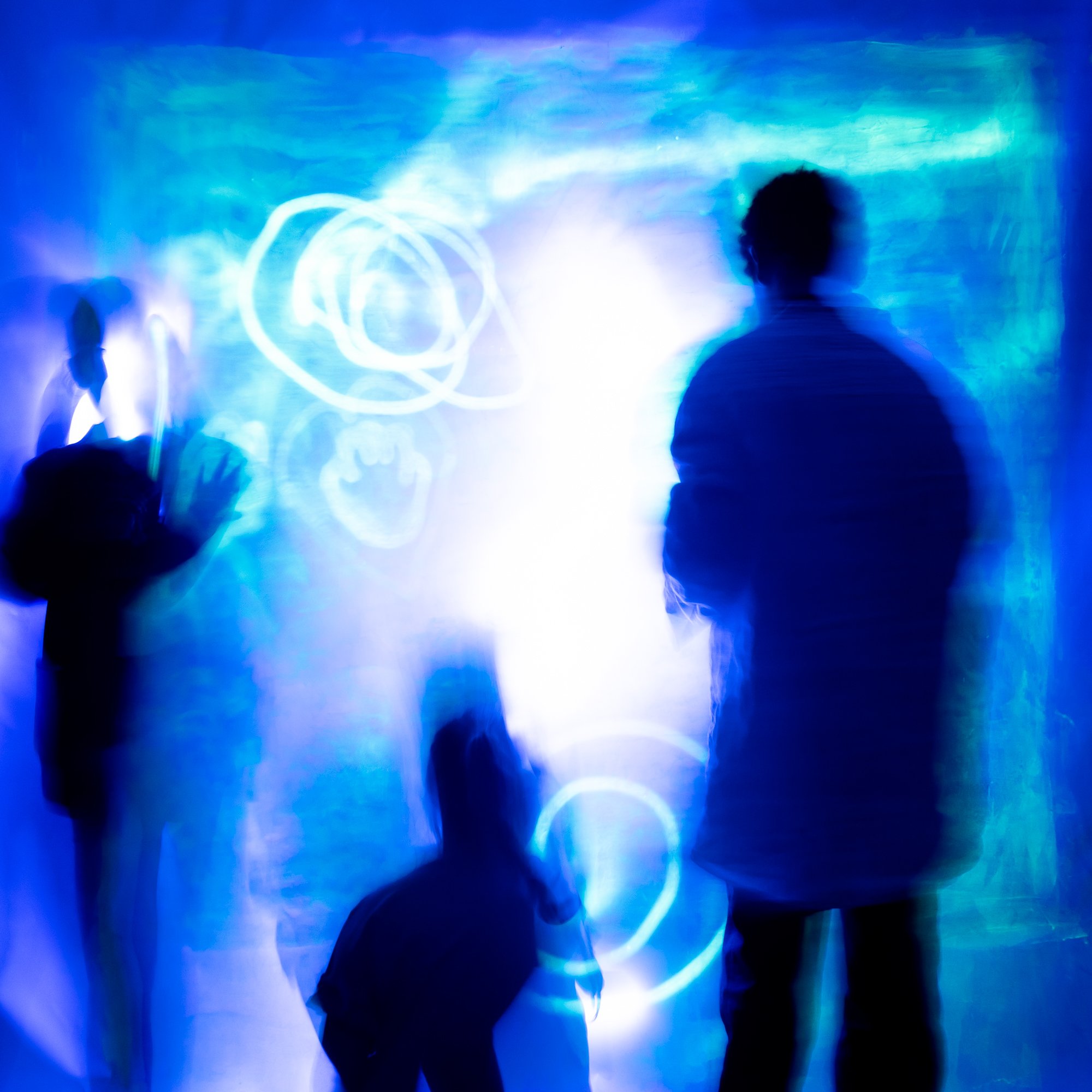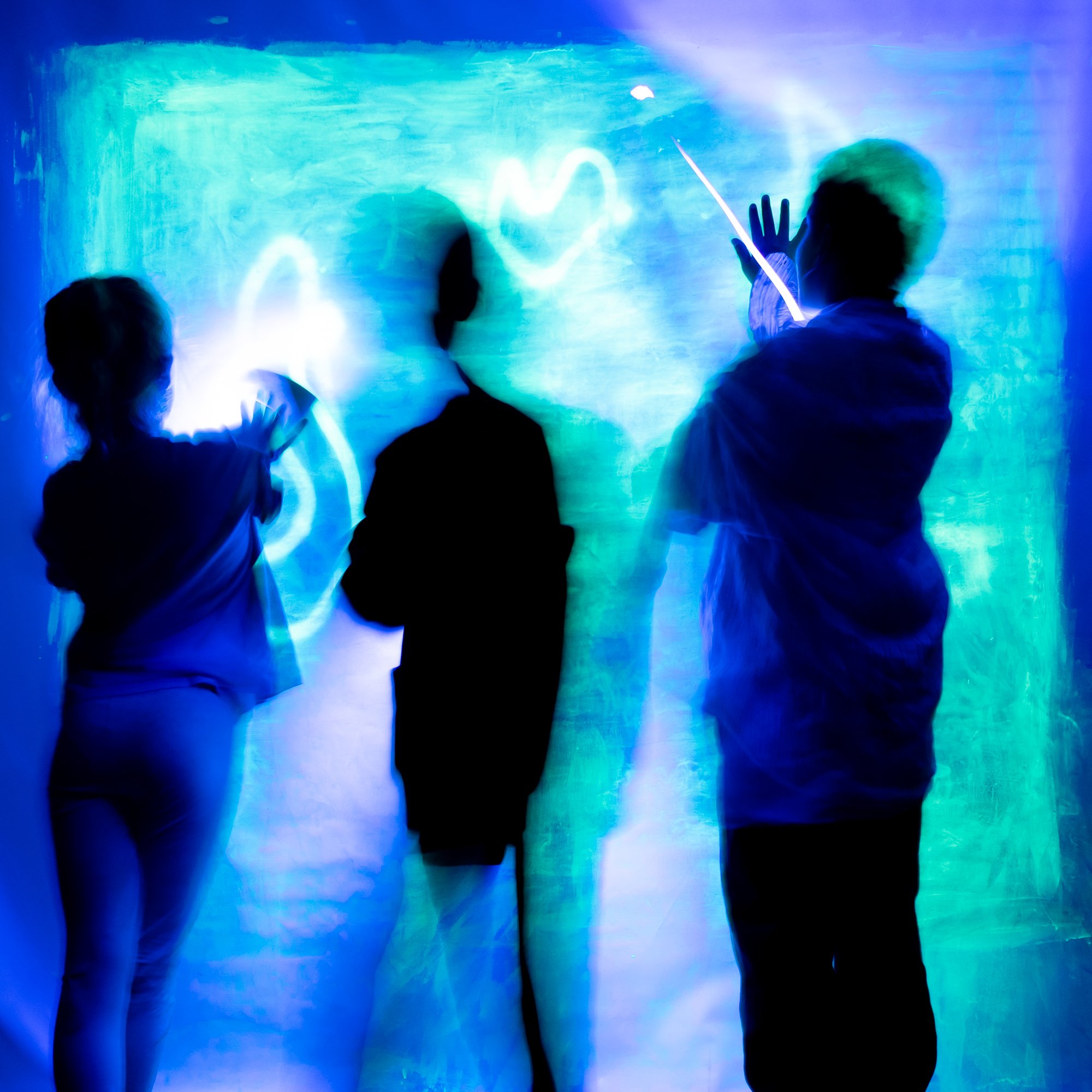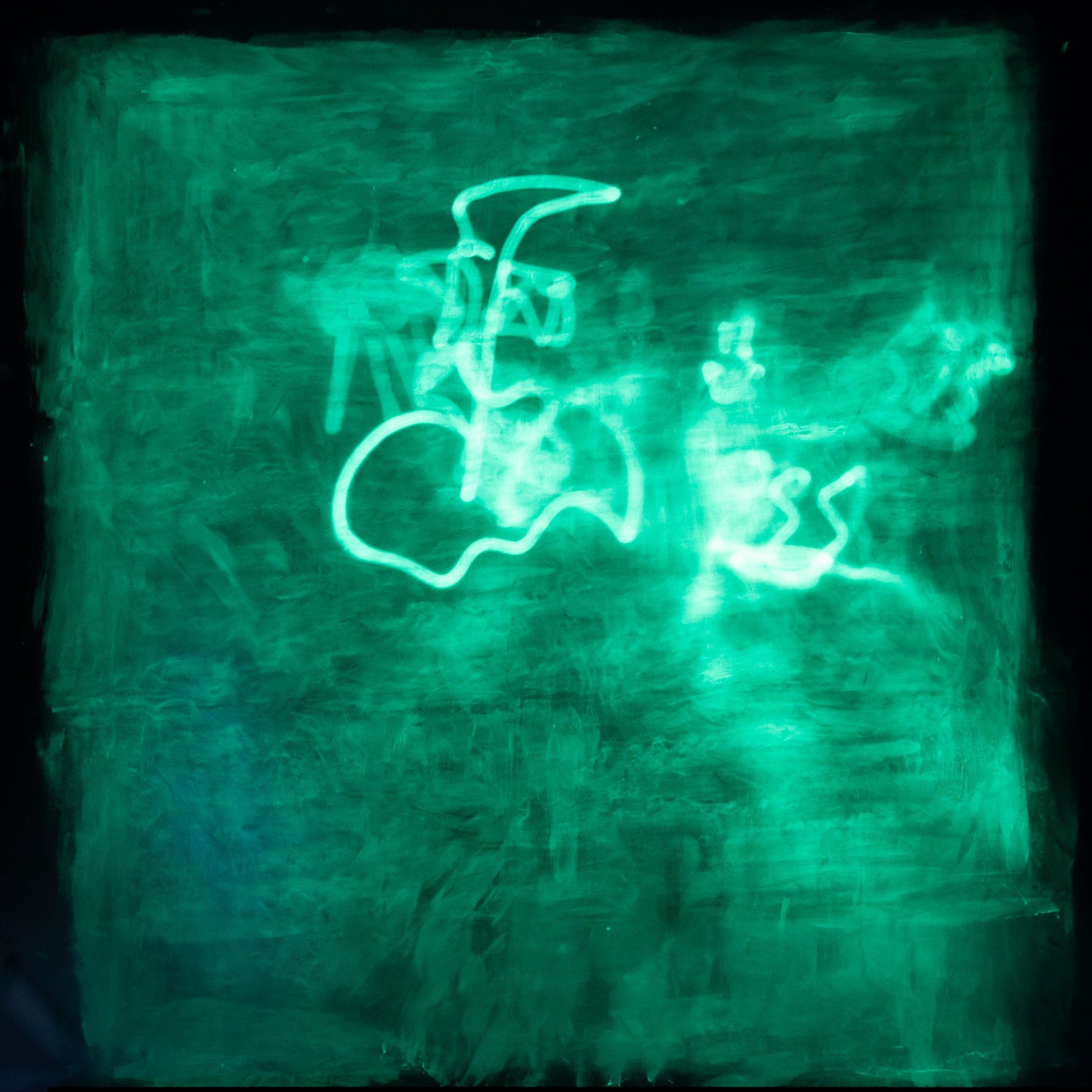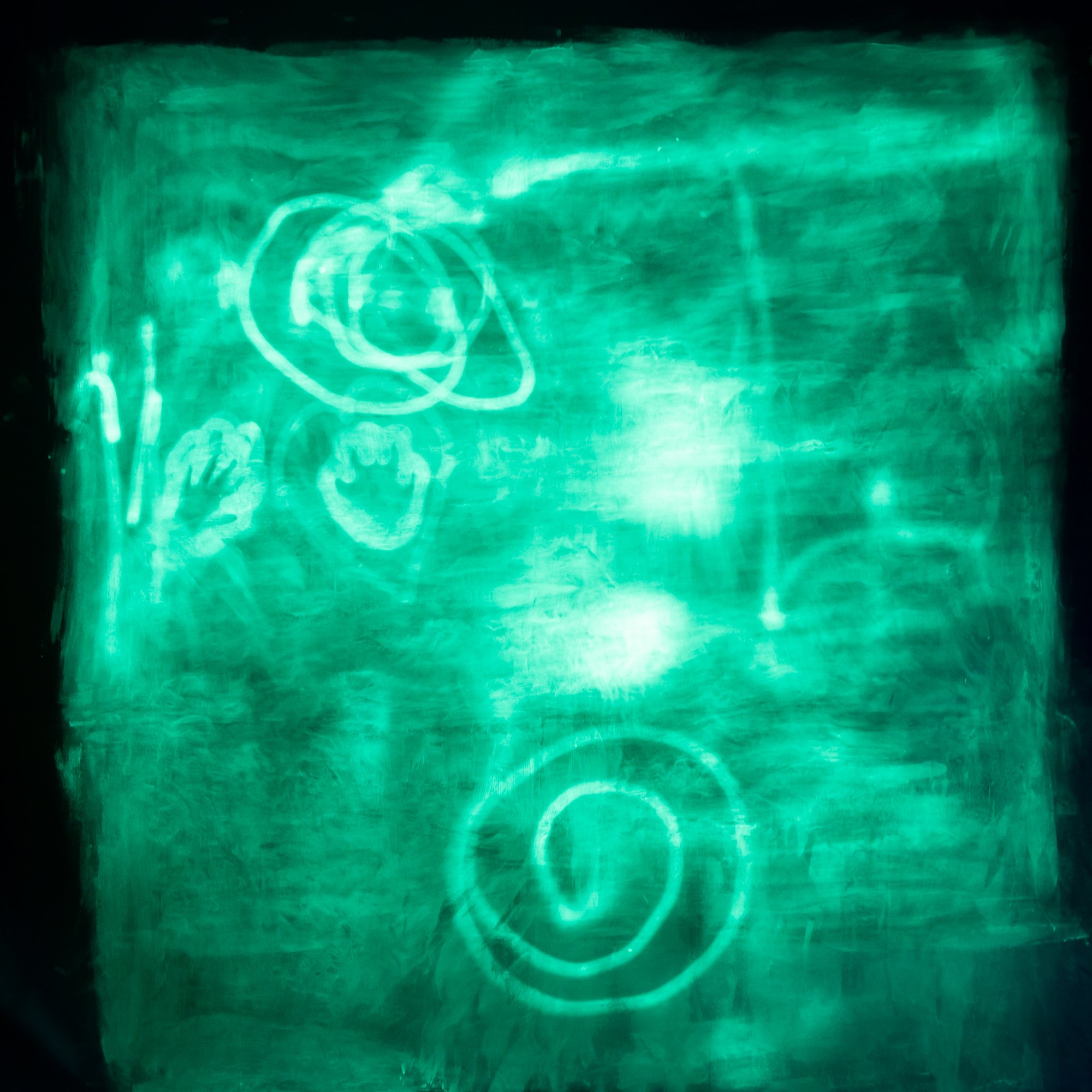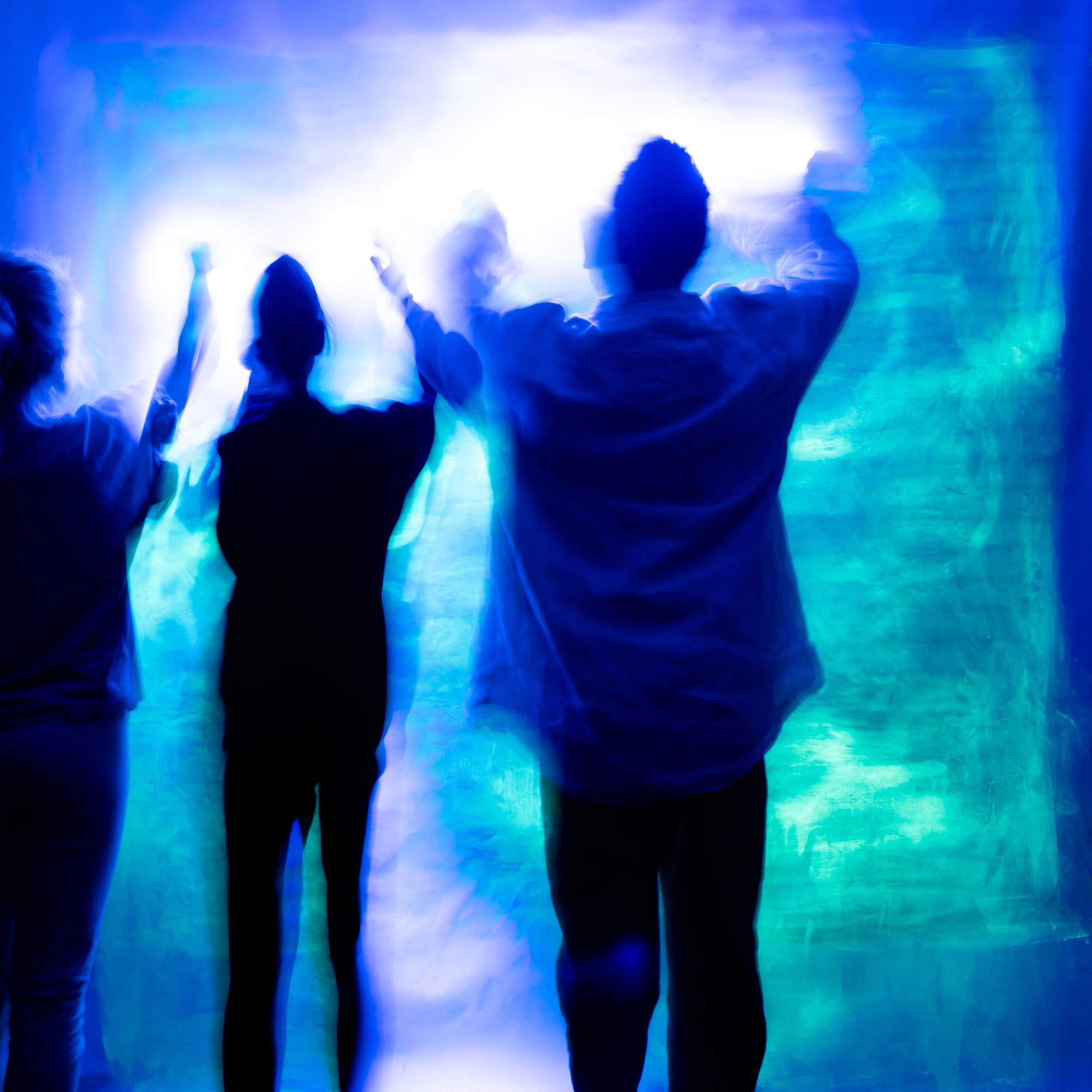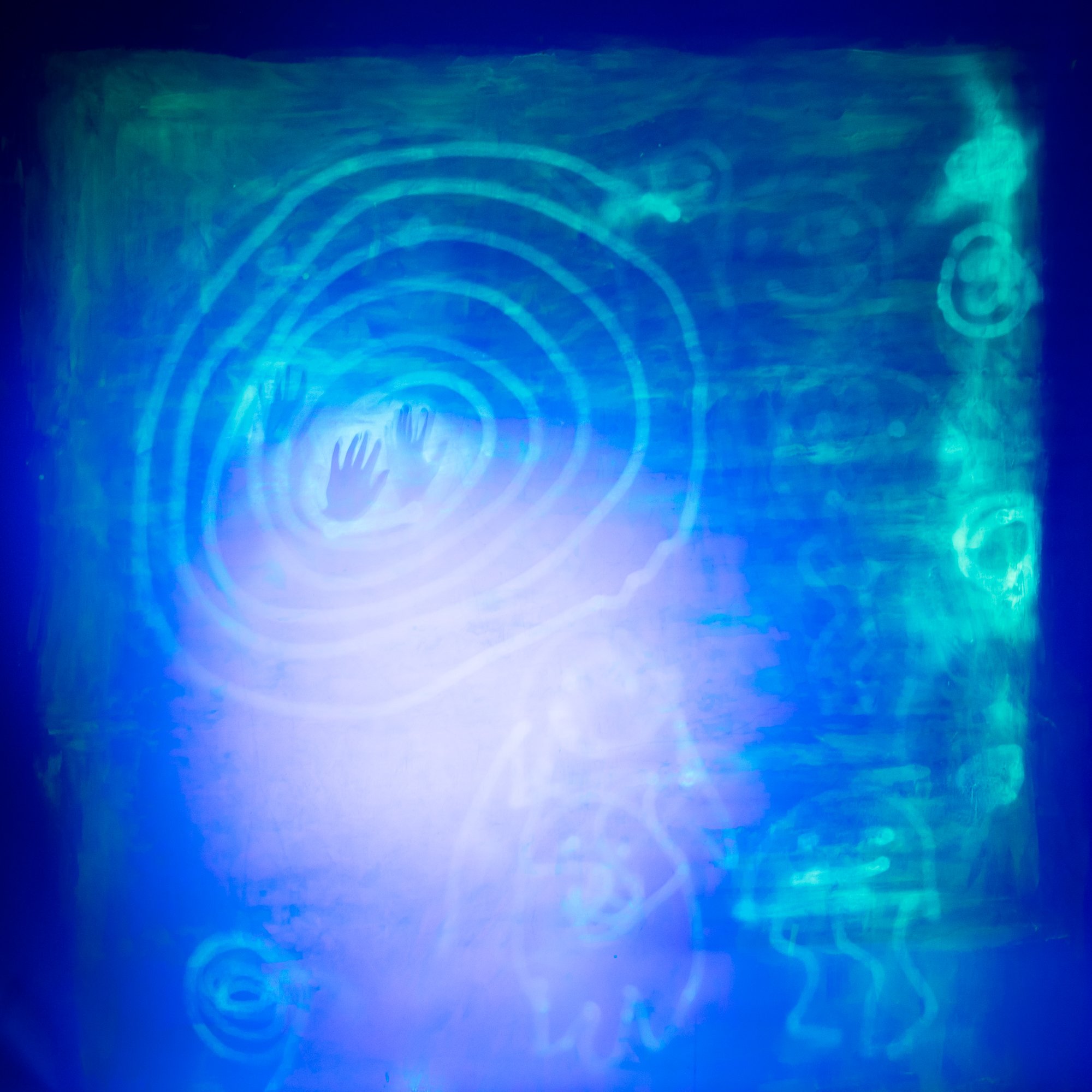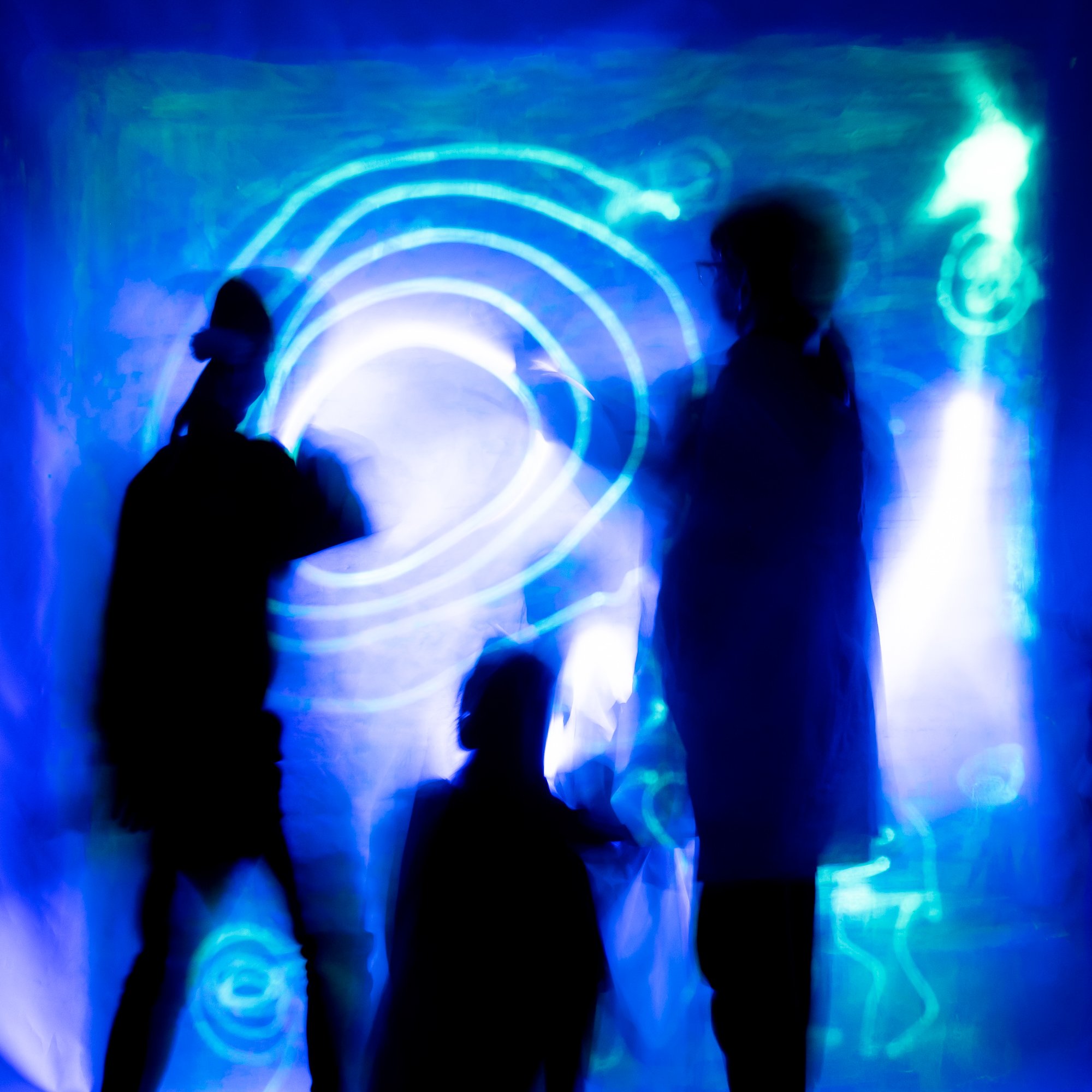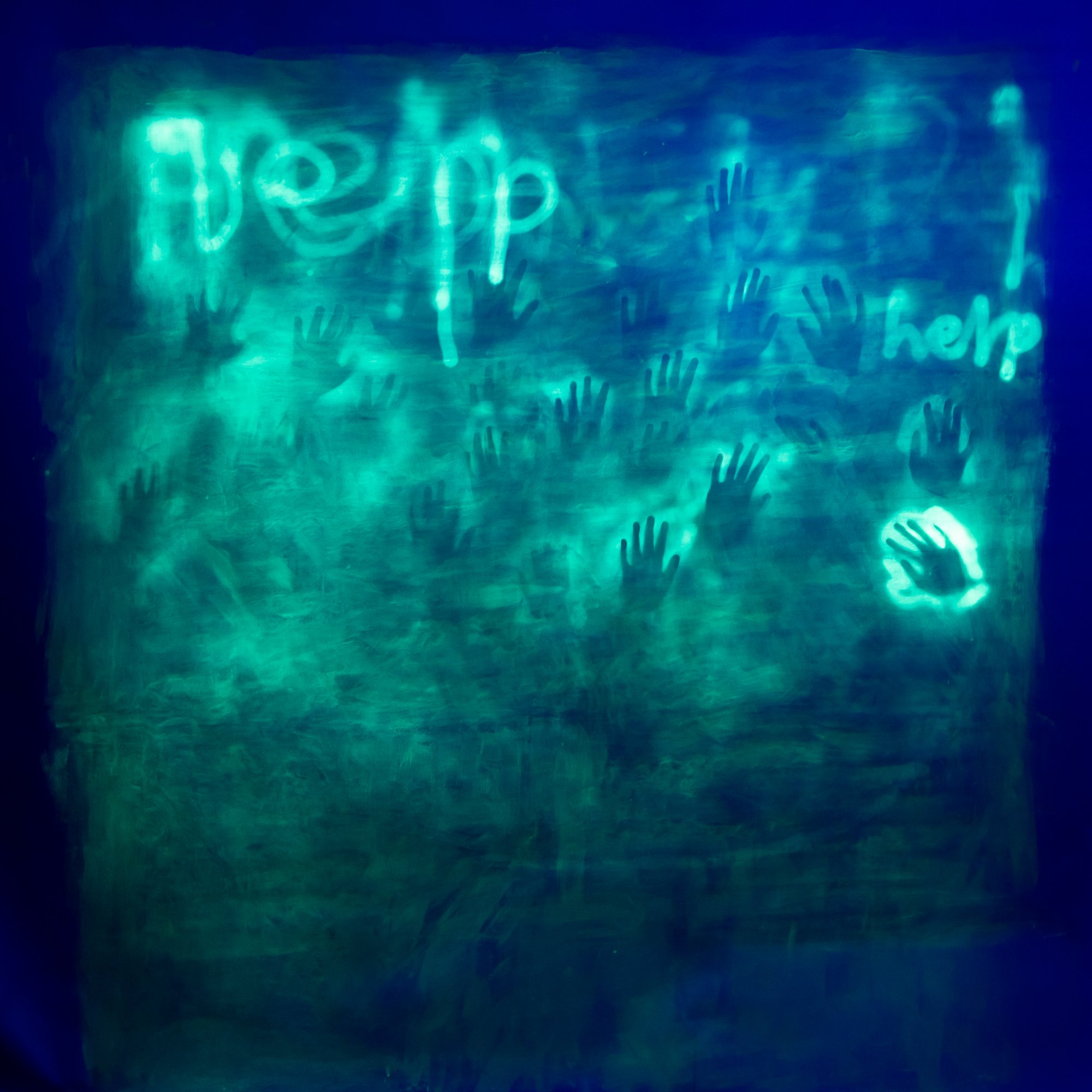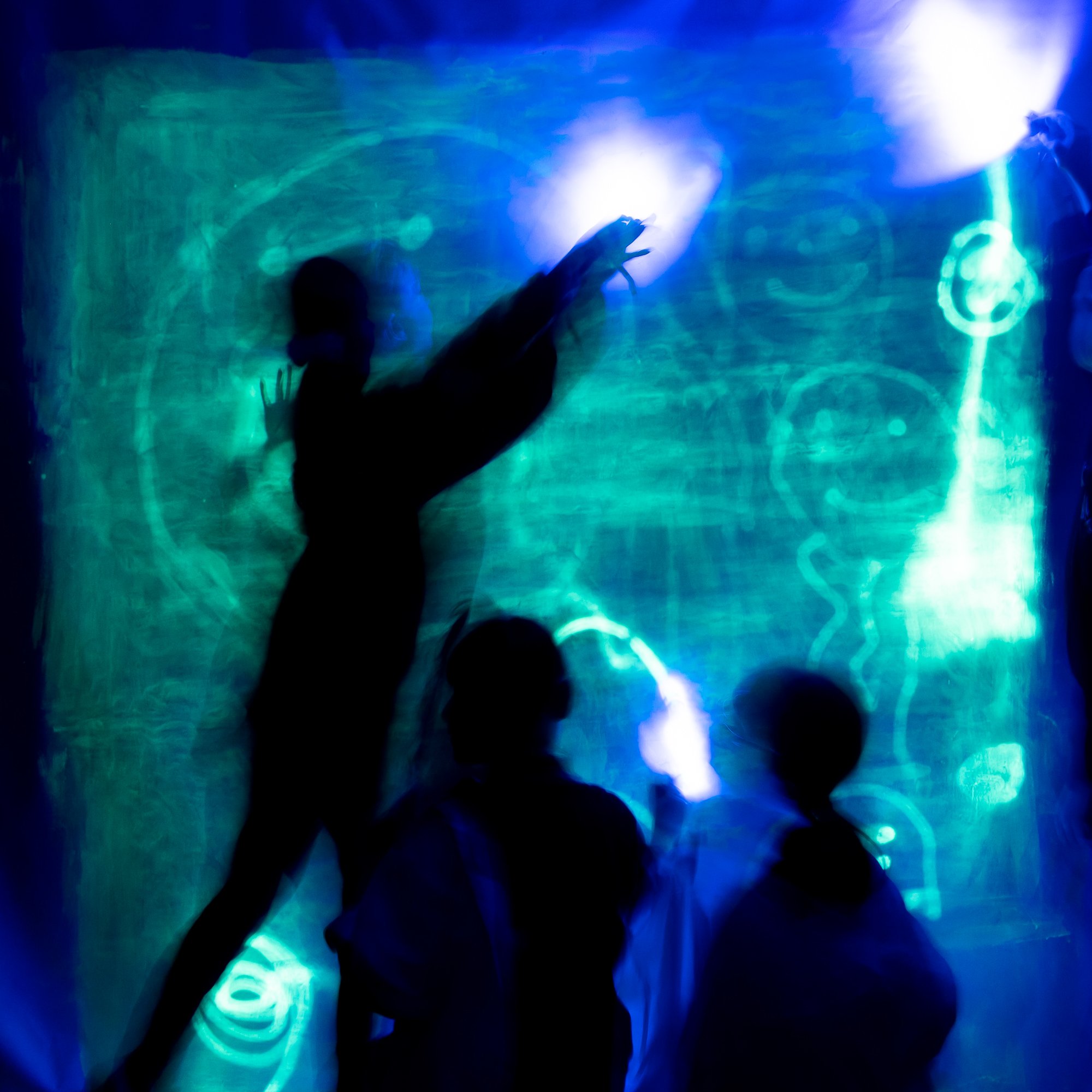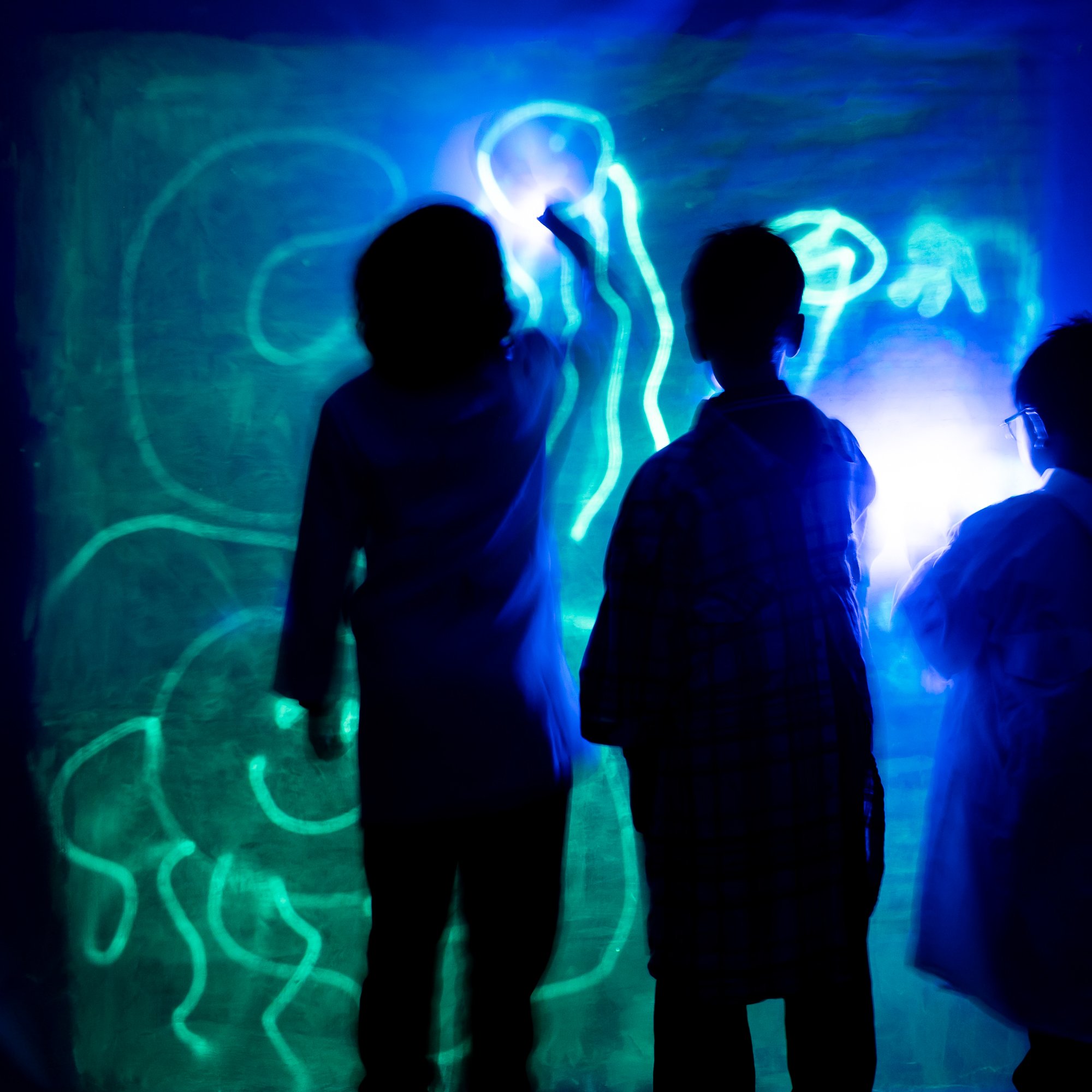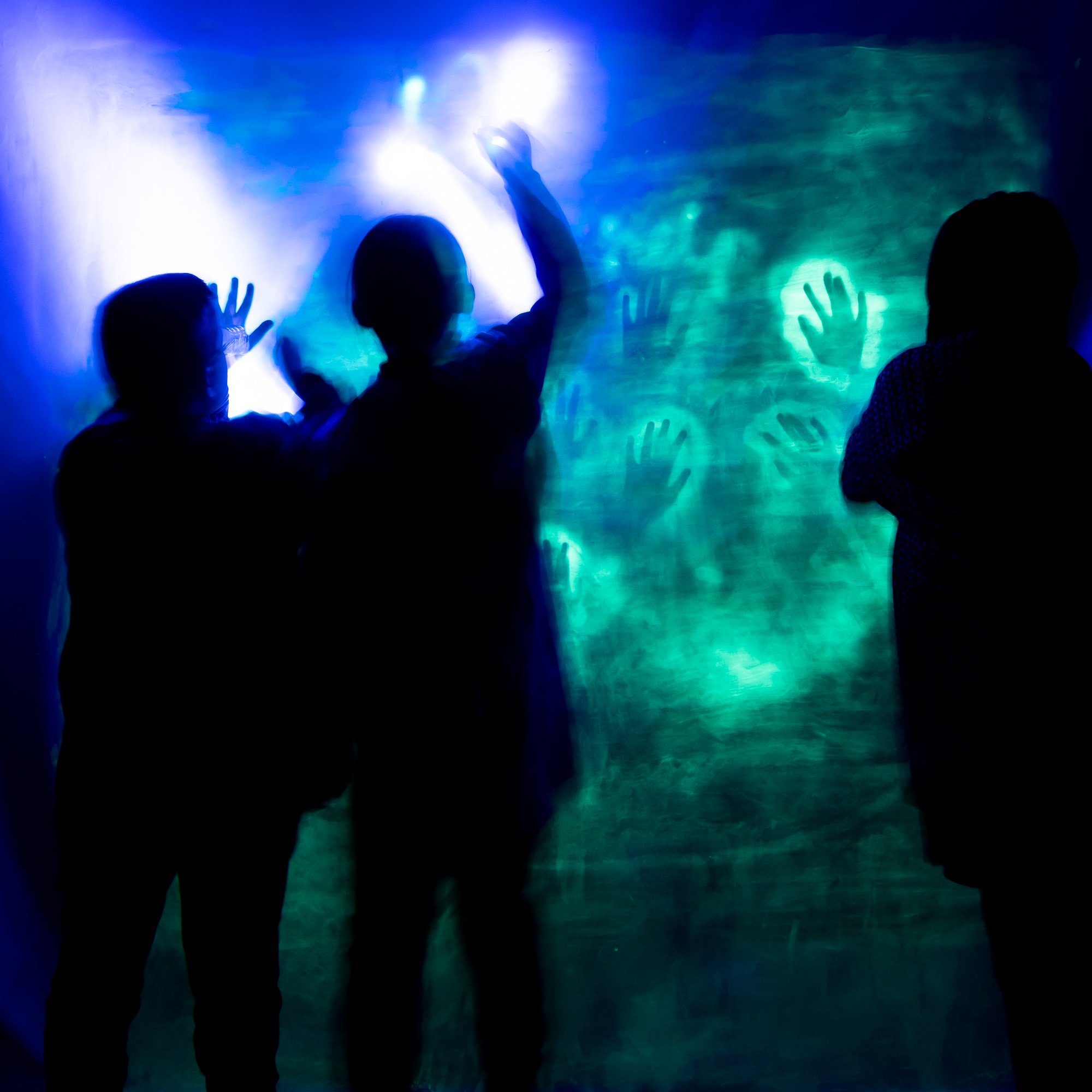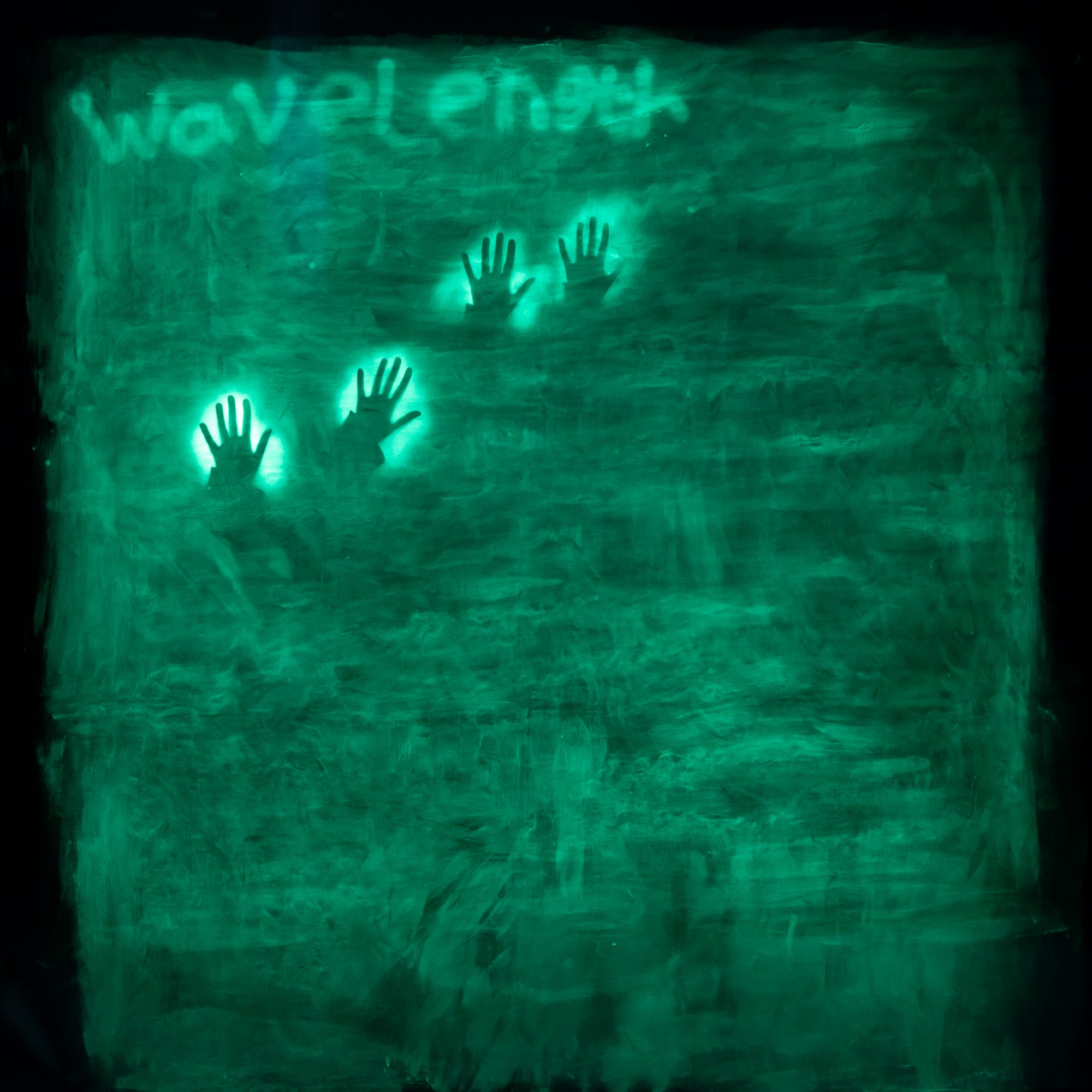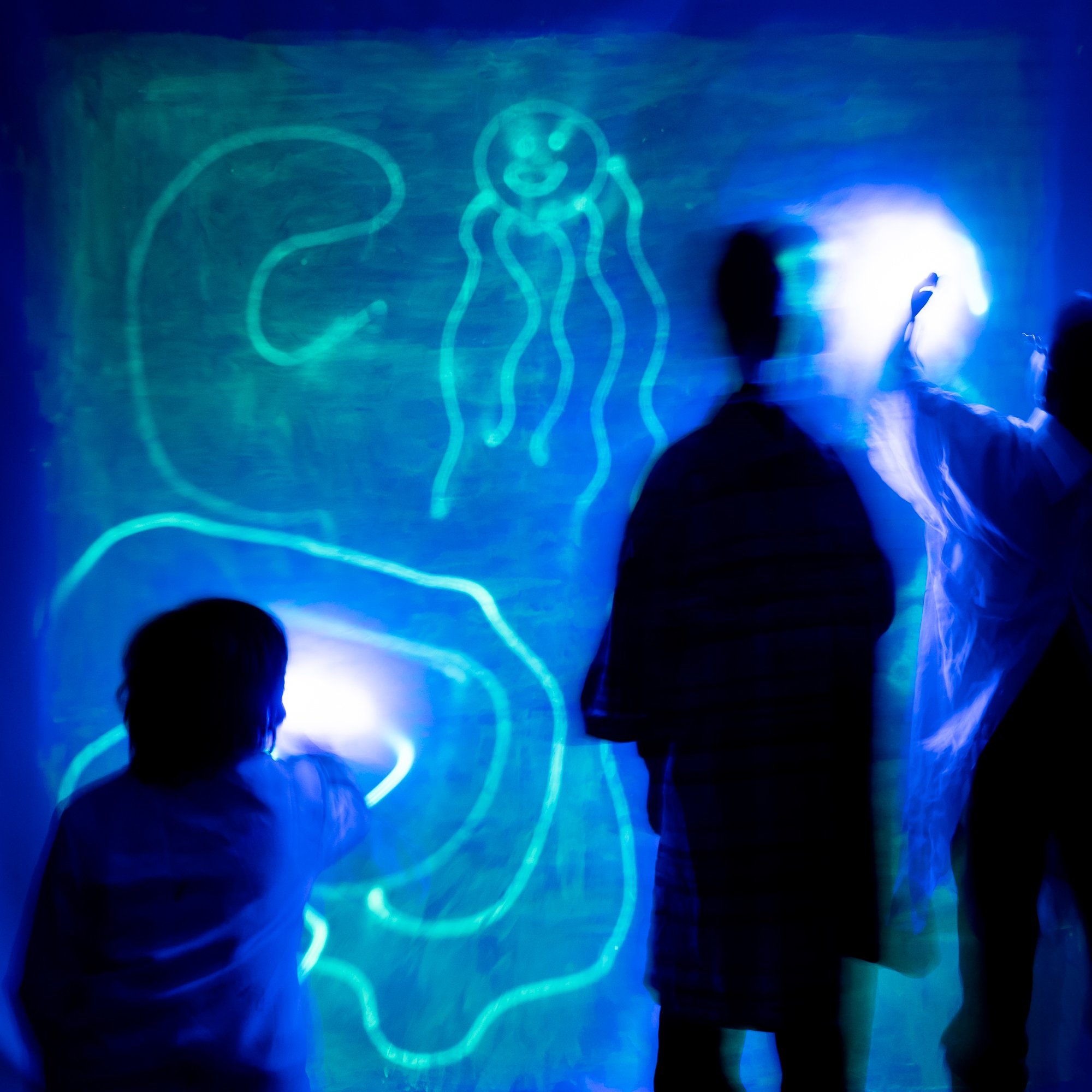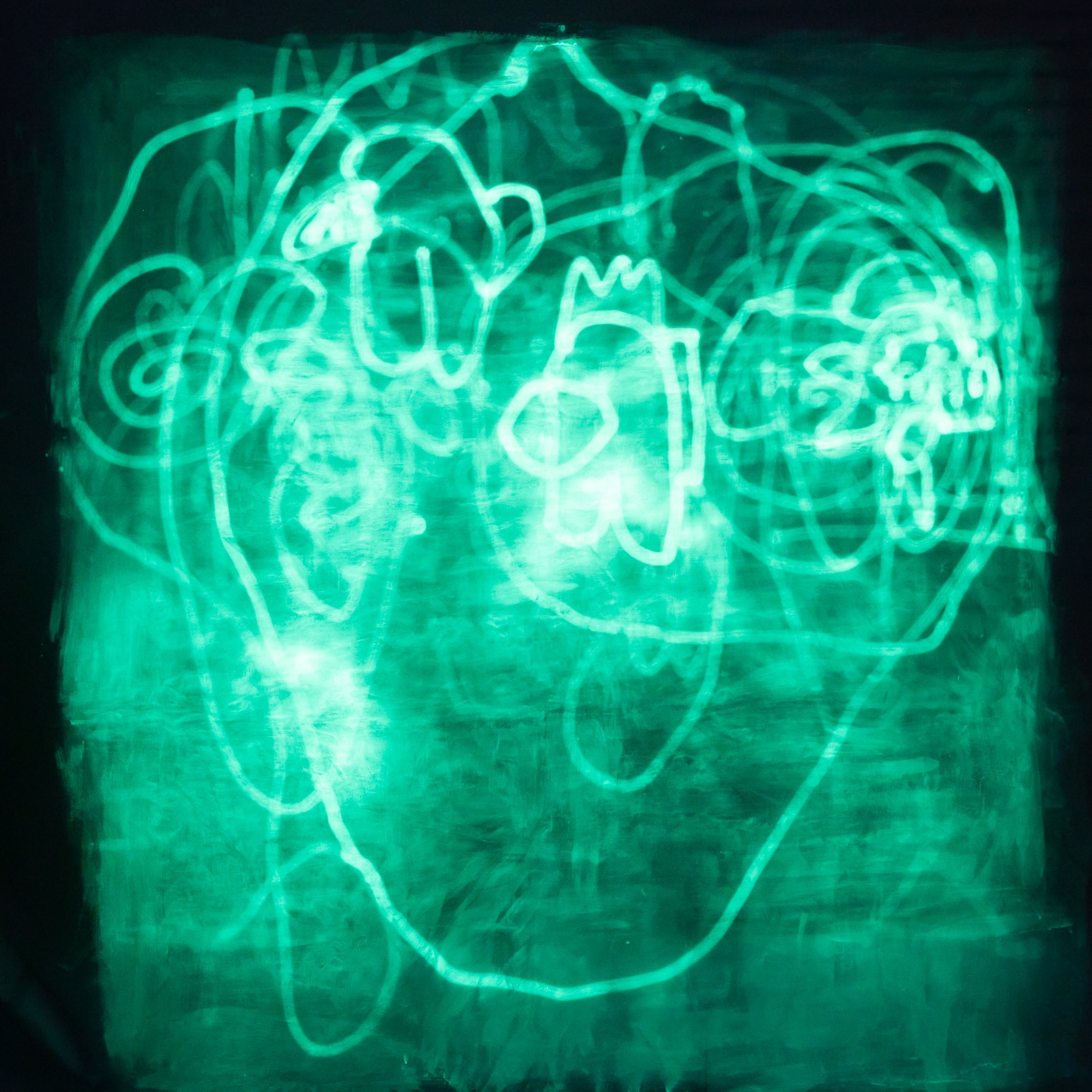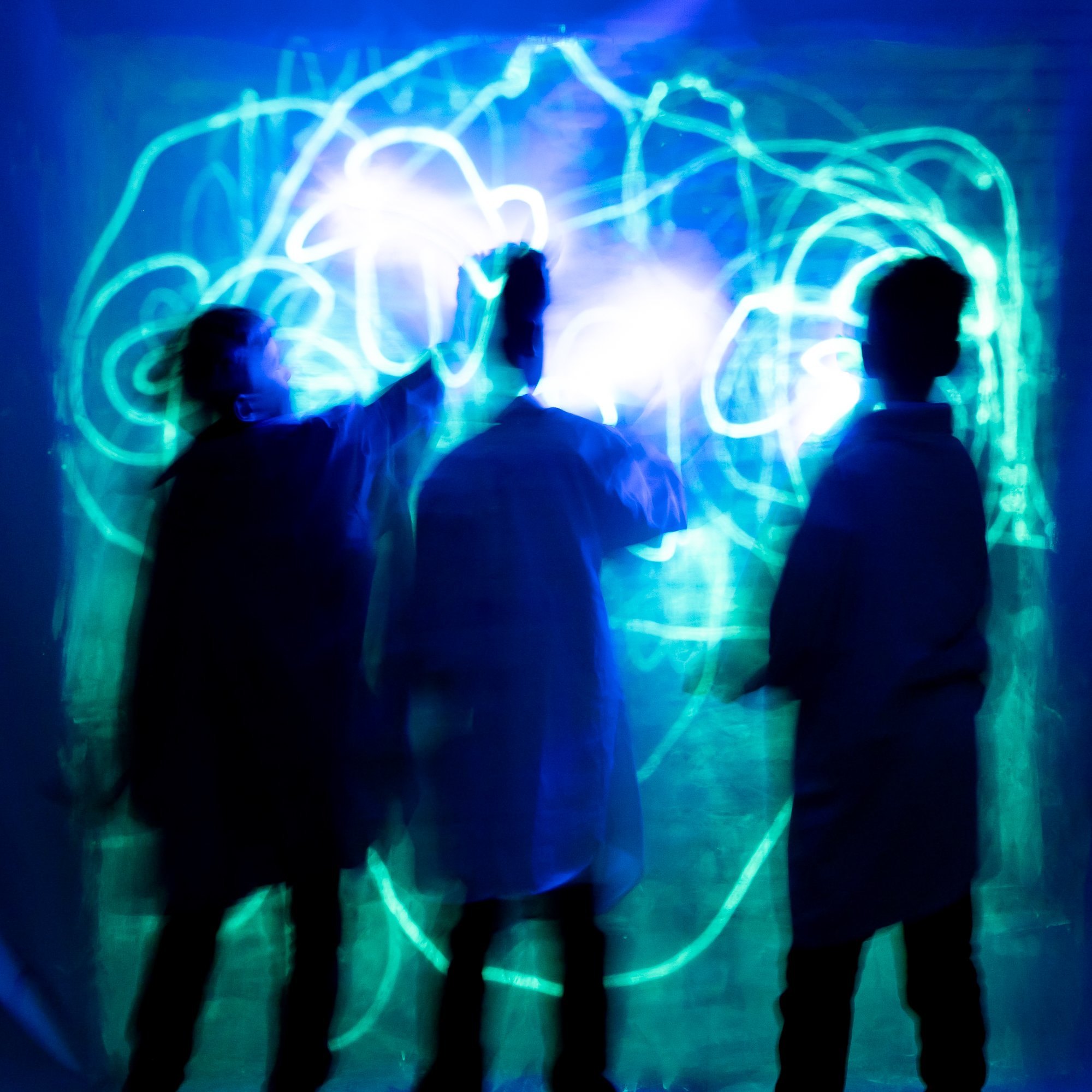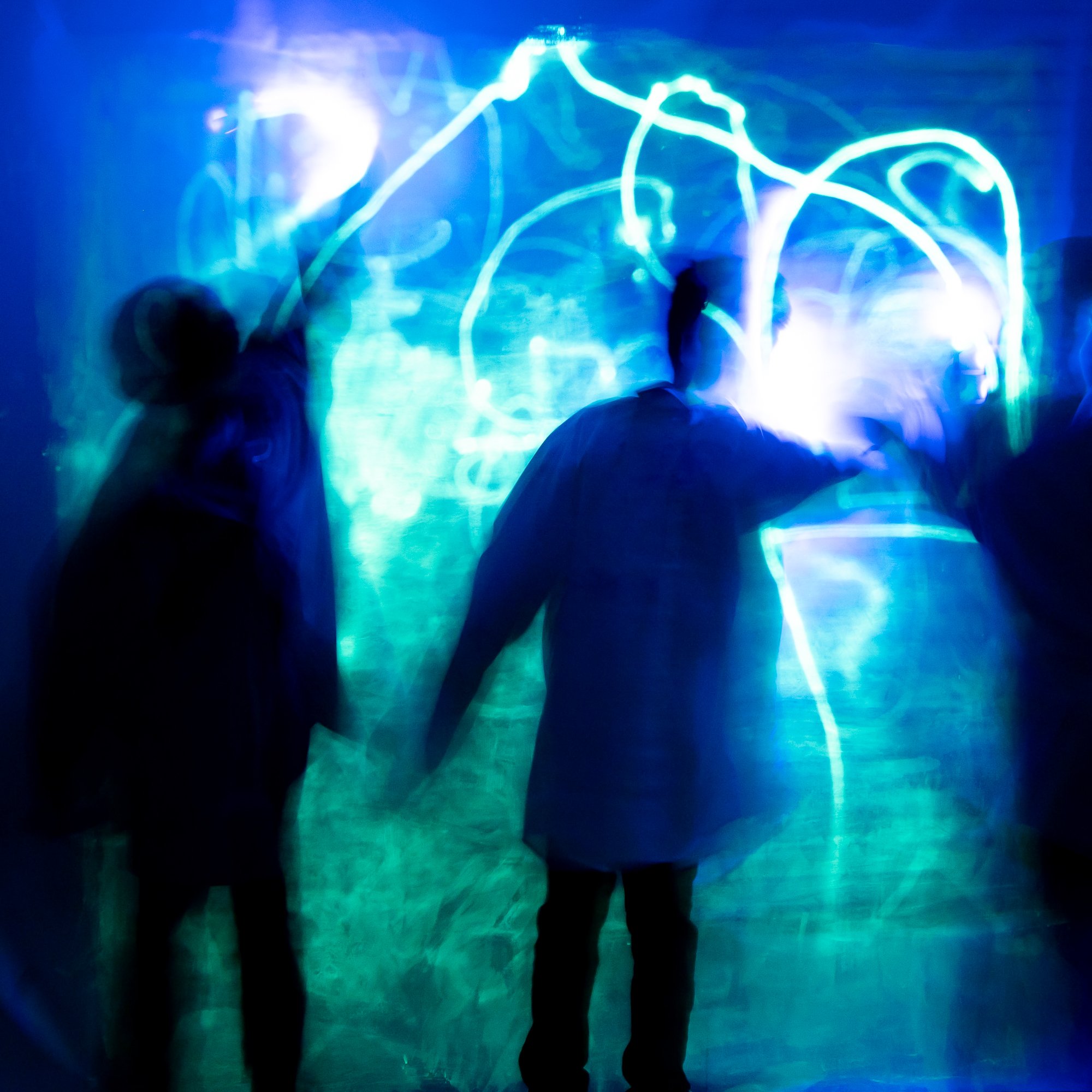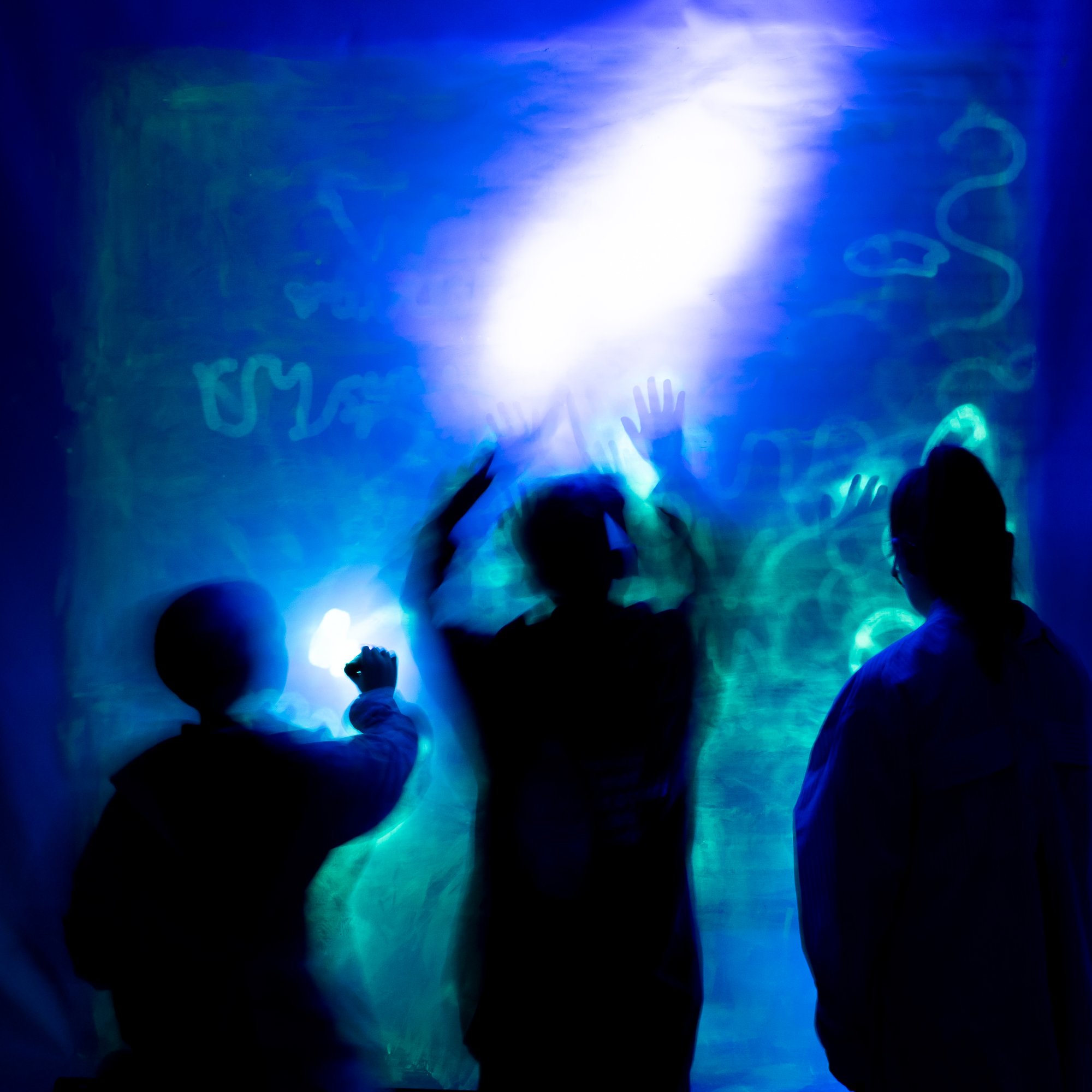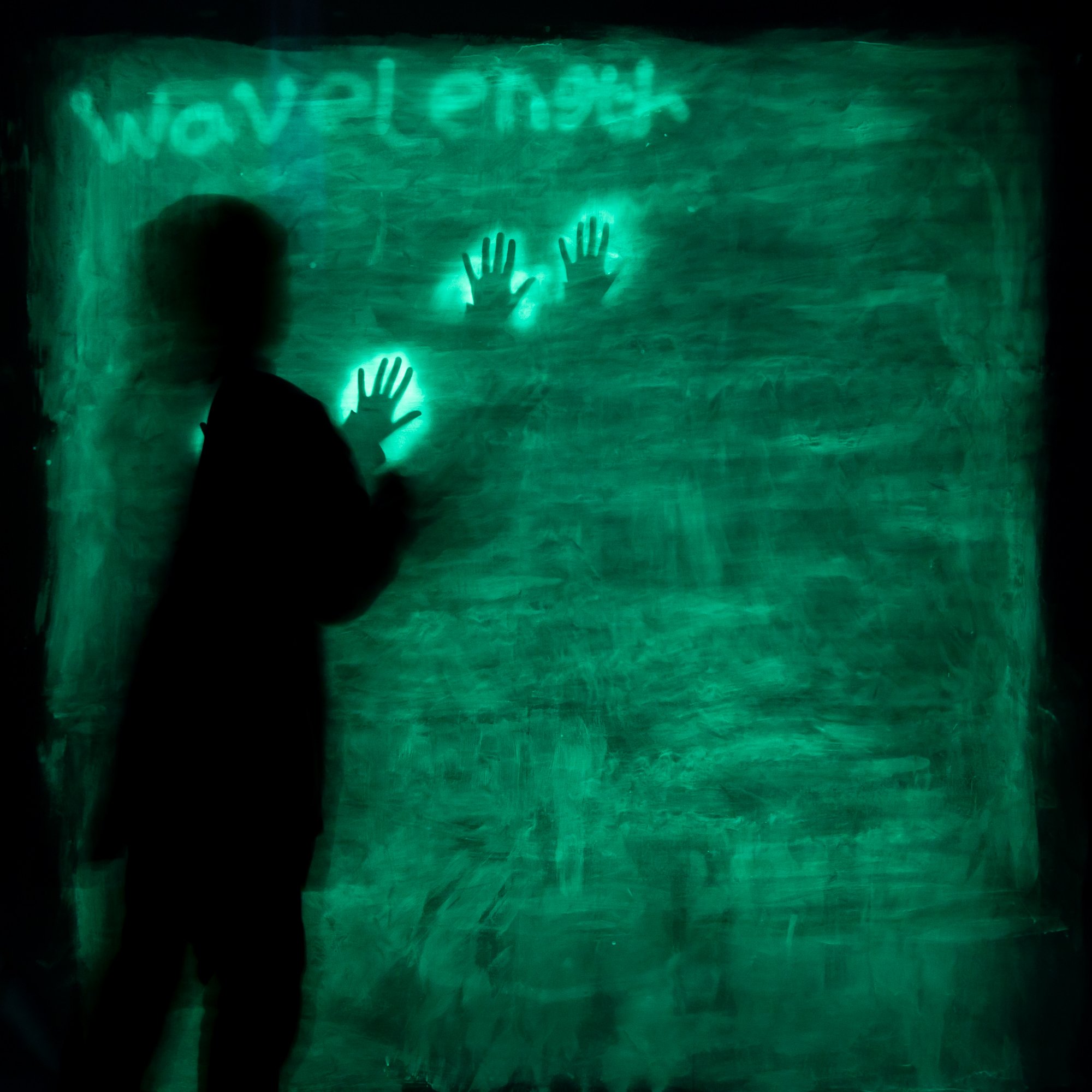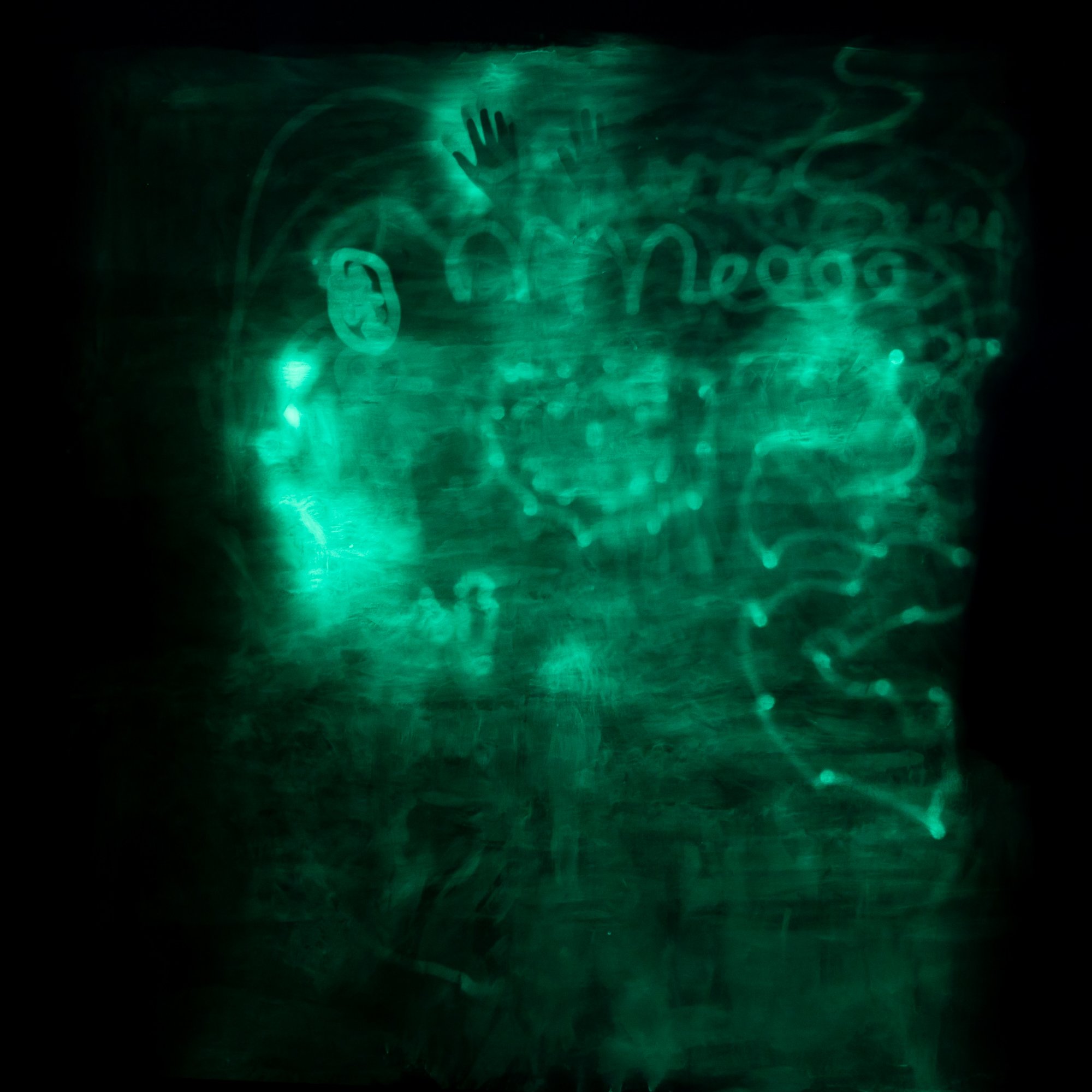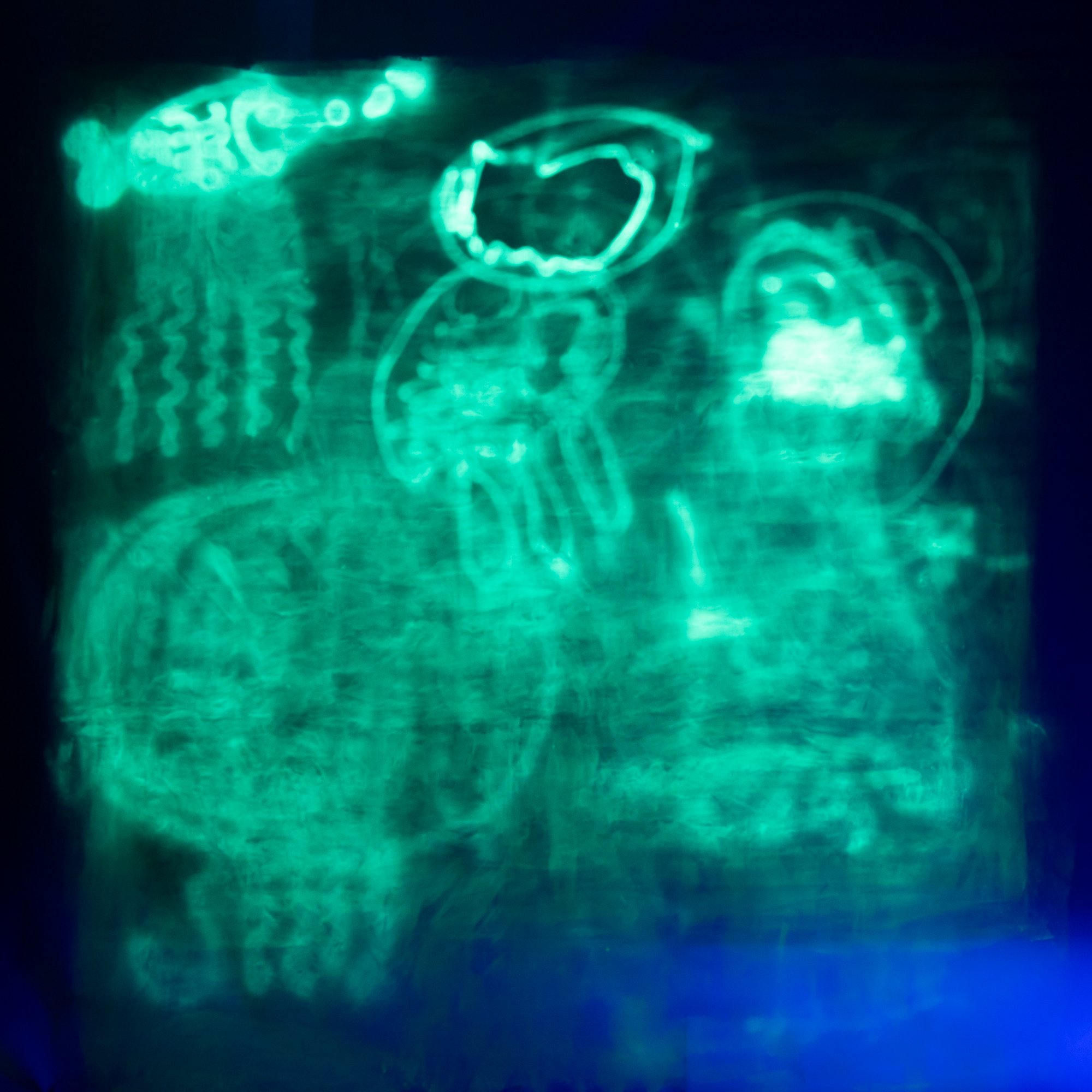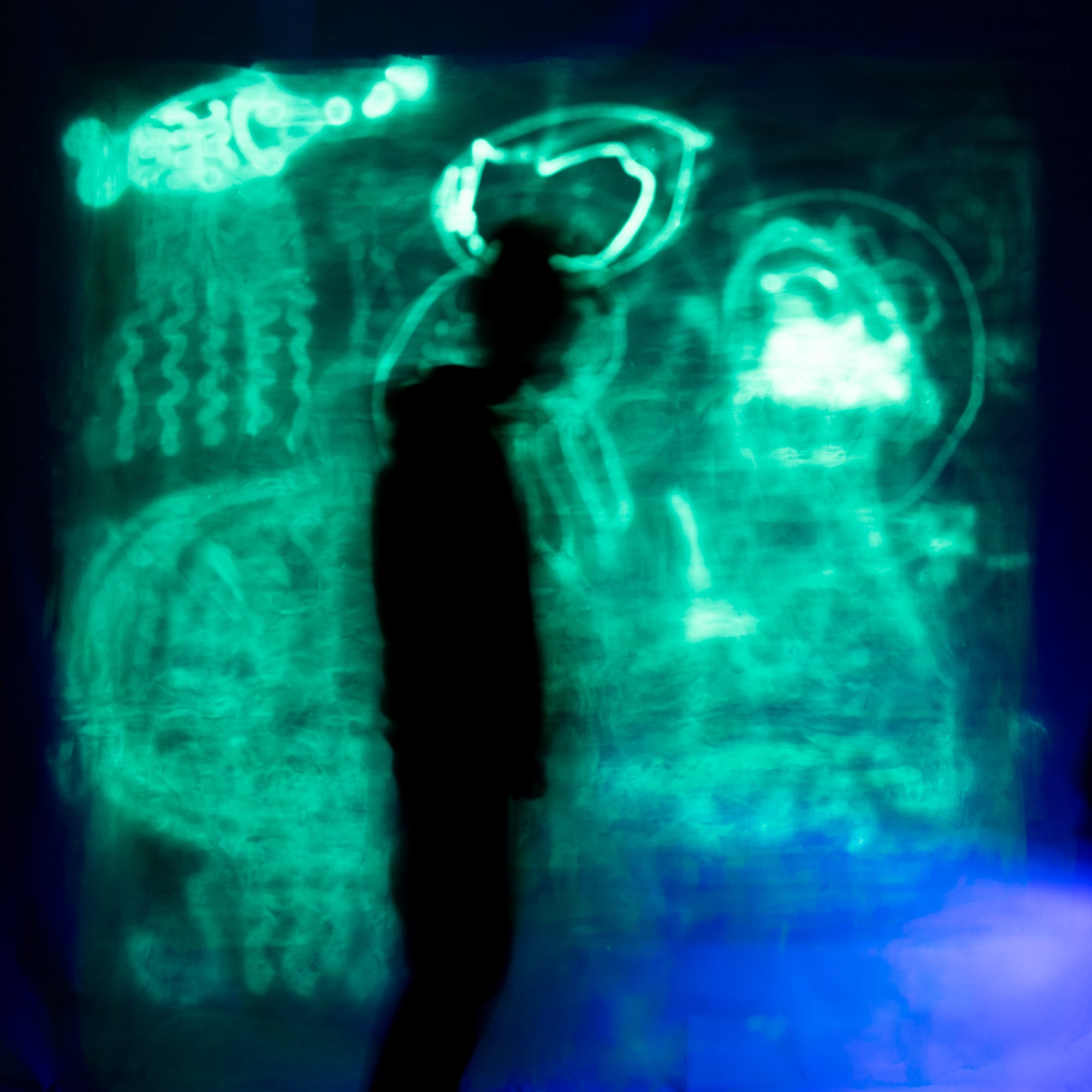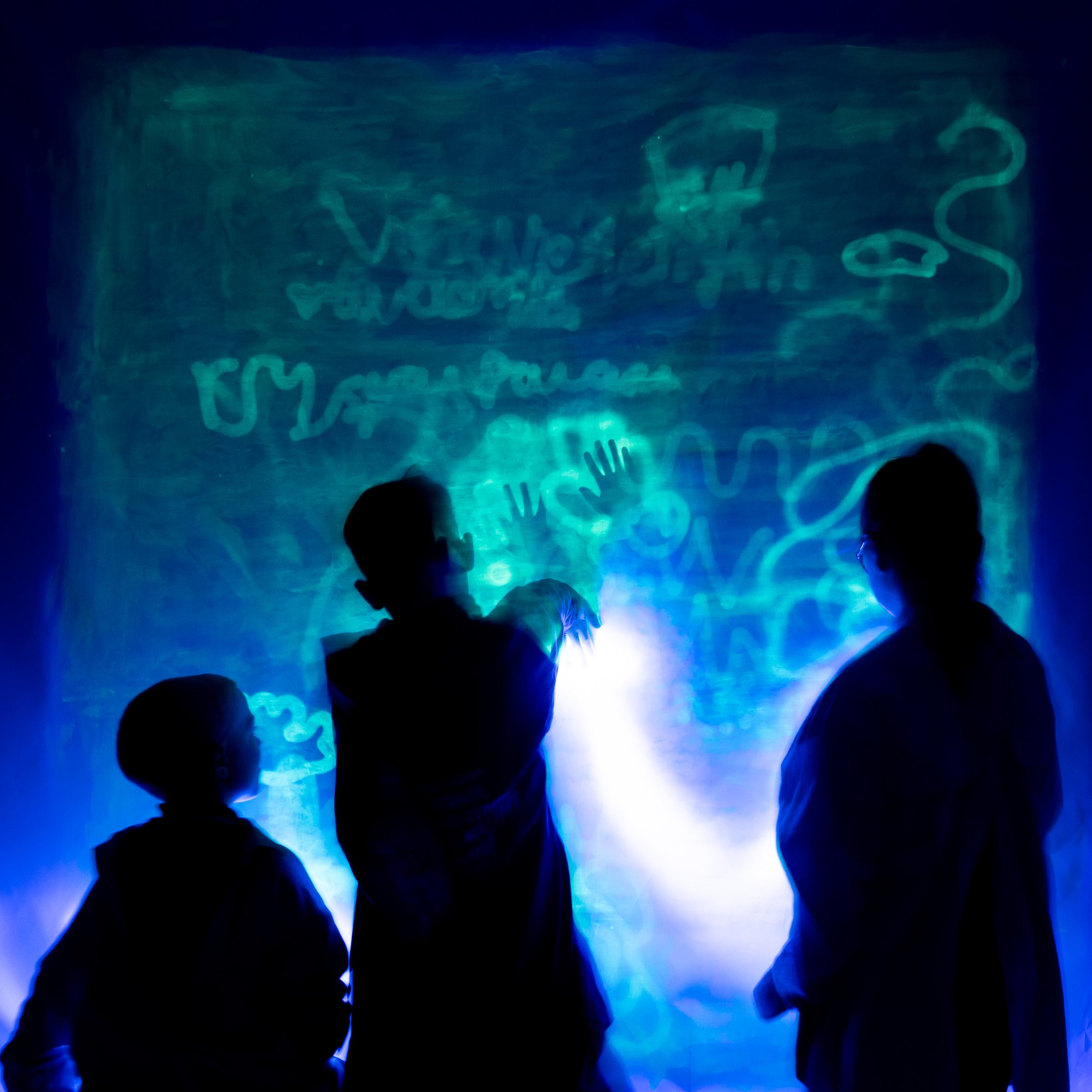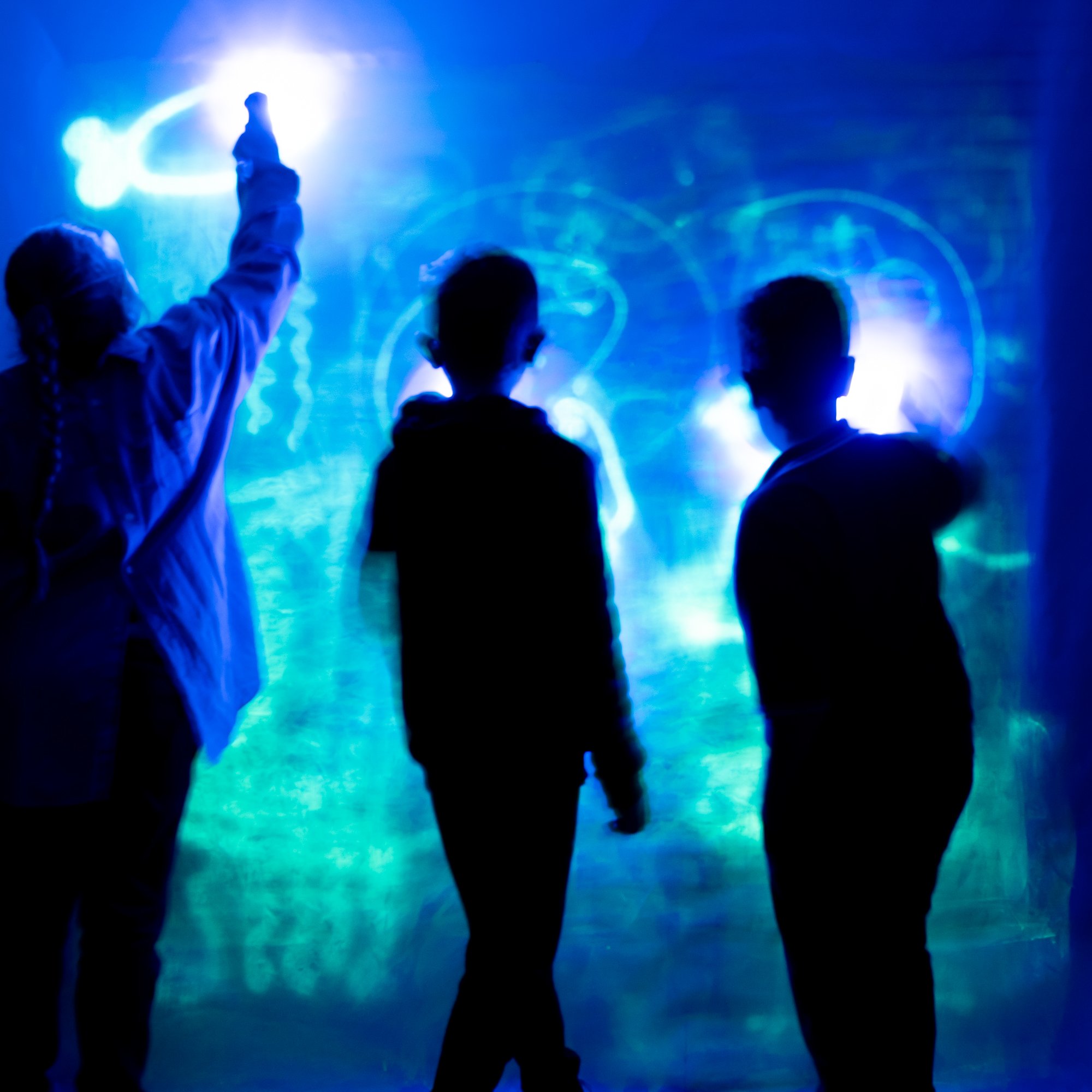St Thomas Primary School - Wavelength Project
Wavelength is as year-long arts and science project offered to children aged 7-13yrs living on the Isle of Wight. Six schools have been invited to take part in curriculum enriching programmes (4 primary schools and 2 secondary schools) supported by a supplementary raft of public engagement workshops and events aimed at families and young children running during the holiday times.
Content and artefacts for the project have been drawn from much of the Island’s history of innovation, engineering, natural and evolutionary sciences, and marine, space and aeronautical excellence. A great deal of which can be found in the collections of local cultural and heritage settings; the National Trust, The Classic Boat Museum the Museums Heritage Service and the Wight Aviation Museum, have each partnered with the project
Partner school; St Thomas of Canterbury Catholic Primary School, Newport selected pupils from year 4 to take part in the project providing a creative learning brief of ‘themes related to plant and animal biology'.
Independent Arts devised a programme in response with the team at Artecology, the Future Oceans Foundation and their foundation organisation, the Coral Centre (Southampton, Solent), and project consultant artist; Vicky Wilson.
Workshops were built around the natural phenomena of bio-luminescence and bio-fluorescence as it manifests in marine habitats and aquatic invertebrates, and in plant and insect species with supplementary learning around colour and the visible light spectrum.
Conservation engineering workshops led by Artecology, and an introduction to a marine test and research programme running at The Coral Center offered the children opportunities to be part of a live conservation intervention too.
This project is still ongoing and this story is being updated periodically.
Week 1 Tuesday 31st January 2023
On a very windy Tuesday, year 4 arrived at Yaverland Beach. We were shown how to make rock pool homes, and then we had a go ourselves. Kerry gave us some small, black sketchbooks and we had to sketch what we saw at the beach. After lunch, we walked to Dinosaur Isle and they had set up a room which was in darkness. The room contained an aquarium, a scorpion, corals, egg shells, snake, skulls and shark teeth to name a few items. We were given special UV torches so we could see bioluminescence.
We met with Artecology first thing in the morning, they showed us some of their bioreceptive objects and talked about the things we were going to make.
A selection of the Artecology creations that are designed to be interesting to look at and to welcome small wildlife.
“I found it really interesting and enjoyed it a lot!” - Michaela.
We strolled down to the Science Beach to start designing and creating our sculptures using a sand casting method.
Sitting in the cafe, we enjoyed sketching the rough. dead, colourless coral.
“It was really cool to see all the things glow in the UV light! I particularly liked using the torches on the coral. Some turned pink and some turned orange!” - Francesca
Working as hard as a scientist and as creatively an artist, Maya, Araya, Penny and Skyla are sketching colourful pieces of coral.
Pip and James are sketching and writing about the coral. Watch this space for the upcoming exciting exhibition at Independent Arts soon, where you will see plenty more sketches amongst other exhibits.
Looking at a piece of coral under UV light in Dinosaur Isle. First it was a dull green and brown colour, when we shone the UV lights a bioluminescent green appeared. It looked as green as grass.
“I liked going across the road to Dinosaur Isle to use the UV torches. We used them to see different colours in things like coral, shark’s teeth and crystal sea shells!” - Quinn
Week 2 Tuesday 7th February 2023
We returned to Yaverland but this time, instead of going to the beach we went for a walk through the forest. We learnt how plants get their food and energy to grow. We also learnt about how the light from the sun comes in waves and why sunsets are red. Blue light scatters easily in the atmosphere so during the daytime, the sky appears blue. When the sun is low in the sky the light has to travel through more atmosphere so the blue light is scattered away and we see the red colour of the sun.
These are our bioreceptive pods setting in the dappled sunlight at the Arc HQ.
Holding lichen, Ian explained what lichen is and how it helps the biosphere.
Trembling across a rickety, wooden, bridge Miss Edwards and Miss Adkinson were as petrified as a mouse being chased by a cat.
However the children were as brave as Vikings with fearless hearts tramping across the creaky bridge.
Eli with his mahoosive log that the lovely Mrs Cruxon made him leave behind because it wouldn’t fit in his pocket.
“The sunlight fell through the trees having a dappled effect on the ground. As we walked across the crunchy ground, leaves fell gracefully around us. We watched as they spun around as if they were ballet dancers. The wind rustled the trees creating a calmness in its wake. You could hear the blackbirds and robins singing.” - Erin
In the Willow Walk, Ian showed us how light interacts with the natural world. In the shade there wasn’t as much life as in the direct sun light. One fact that Ian shared with us was that snakes can see infrared and bees can ultraviolet light making the way they see the world totally different to us.
“I found the biggest log ever and wanted to keep it as part of our collection of natural things, but it was just too heavy!” - Eli
Week 3 Tuesday 21st February 2023
For the rest of the project we went to Independent Arts in Newport. Every week has been different and we have done so many new and different things that just would not be possible in school. This week was no exception. We had three different activities. One was making jelly fish. The second was using a magic sort of clay to make corals but the third was the most exciting! We went into a dark room and there was a special wall. The wall looked pretty boring until you shone UV torches on the wall, then the magic happened! It was amazing, we all had a turn with the UV torches, some of us tried to draw pictures of objects, others wrote words, but even scribbles and wiggly lines looked incredible!
“Jelly fish are amazing to look at, so are the corals. It’s so cool that it looks like the light from the flaming hot sun.” - Diego.
“Making jellyfish and coral was fun, but then we went into a dark room and used torches on a special background and used them to draw things. I drew Among Us!” - Joel
“I’m really proud of the coral I made, it was in the shape of the Isle of Wight!” - Araya
UV photography by Julian Winslow
Week 4 Tuesday 28th February 2023
This week we were back at Independent Arts. There was another surprise waiting for us! This time it was a video link to the coral test tank where Rob gave us some more information about the sea animals we would find near and around a coral reef.
We also had the opportunity to continue making our jelly fish and to paint the coral we made last week.



